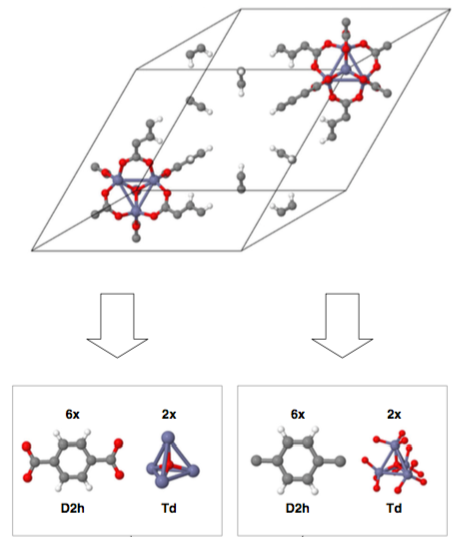Complex network analysis is a computational tool that be been used to study problems as diverse as uncovering hidden social groupings and divining new tasty recipes. A collaboration between researchers in the University of Cambridge Materials and Physics Departments have introduced a way to use complex network analysis to break materials down into their constituent fragments (or modules), and then put them back together in different ways, assisting the computational discovery of new materials.
A community detection algorithm is applied to a complex atomic network (built up from the distances between pairs of atoms). The resulting communities, or modules, are examined and the most simple solutions (in terms of the amount of information required to describe them) are selected. This approach is applied to a variety of crystal structures, and used to uncover potential polytypism in a dense phase of boron. It is suggested that the method could be applied to biomolecular systems.
Revealing and exploiting hierarchical material structure through complex atomic networks
Sebastian E. Ahnert, William P. Grant and Chris J. Pickard


